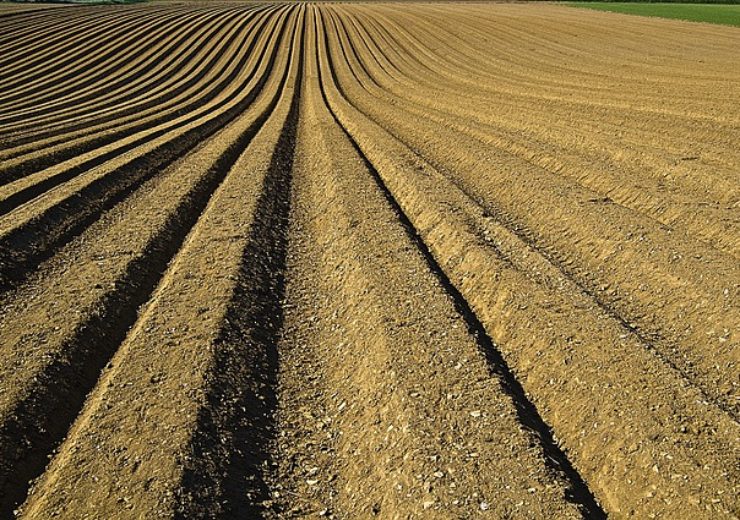The new tool ensures the safety of food grown on land, which once polluted by harmful heavy metals

Image: The new tool will help ensure the safety of food grown on land. Photo: courtesy of Free-Photos from Pixabay.
Scientists from the Xi’an Jiaotong-Liverpool University in China have developed a new soil solution sampling tool for the agriculture industry.
The new tool has been designed to help ensure the safety of food grown on land, which once polluted by harmful heavy metals.
XJTLU Department of Health and Environmental Sciences assistant professor Dr Zheng Chen said that the new tool can monitor soil contamination risks in the agriculture industry.
Chen added: “A large amount of agricultural land worldwide is contaminated by heavy metals that can be harmful to people’s health, so engineers are trying to design methods to grow crops on these lands safely.
“If they were able to predict how a concentration of heavy metals in soil is linked to a concentration of heavy metals in the edible part of a plant, they could devise better ways to manage the soil. We hope our device can help them make that prediction.”
Featuring a tube made of a special plastic that is inserted into the soil, the new tool is expected to help farmers in growing crops more efficiently.
The new tool features tube made of special plastic
Chen further noted: “We think this tool could be used to help farmers more accurately apply fertiliser by measuring nutrients in the soil around plant roots.
“We are in the process of testing this tool for these uses in agriculture and hope to have it available for engineers and farmers in about one year.”
The tool’s tube surface is porous and has small holes that large molecules or soil particles cannot pass through but are large enough that heavy metal ions and small molecules can enter.
Chen added: “When we bury the tube in soil and fill it with oxygen-free pure water, the heavy metals diffuse into the tube.
“The solution inside the tube with the target chemicals can then be taken out and analysed. This process can be repeated.”
“We are able to collect samples close to each other but at different depths by assembling samplers together.”
